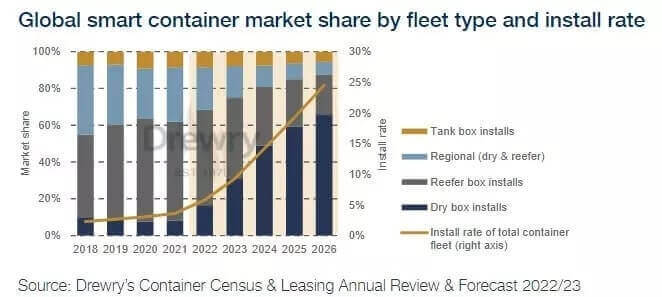The town council in Bar Harbor, Maine, backed a plan after much discussion and community polling that will both shorten the season for cruise ships and, in some situations, cut the number of daily cruise guests in the well-liked location by up to a third. A formal agreement between the cruise lines and Bar Harbor will be created after discussions with the cruise industry and approval of its new boundaries.
The town council was attempting to find a middle ground between locals who complained that the little hamlet was getting overcrowded owing to the size of the ships and businesses that rely on travelers during a relatively brief tourism season.
While calling for limits or an outright ban on cruise ships in a survey conducted by the local government, residents have been agitating for the additional restrictions and threatening to sue the town council.
A special committee informed the town council that after researching the problem, it discovered a few unexpected problems. They claimed that the problem was not just related to how big the cruise liner was.
They cited an instance where 10 buses were needed since a cruise ship with fewer than 500 passengers included the cost of a tour to the neighboring Acadia National Park, whereas a larger ship with about 2,300 passengers offered the tour as an extra cost only needed two buses.
The financial impact of cruise passengers vs land-based tourists was another strongly contested topic, in addition to the controversy about congested streets and traffic. Many in the community felt that cruise visitors have a negative impact on land-based tourists since they stay in the area hotels longer and spend more money than cruise visitors who are only ashore for a short while.
Additionally, Portland and Eastport in Maine were noted as two additional Class A ports nearby that might also accommodate cruise ships. The plan was adopted in many motions, each of which was passed by a vote of 5 to 2. In April and November, which are regarded as the shoulder months for cruises, Bar Harbor will no longer take any cruise ships at all. In the past, there haven’t been many cruise ships that visit the port in these off-peak months beyond the main travel season.
Additionally, there will be daily restrictions on the total number of travelers allowed into Bar Harbor. Bar Harbor sets a daily passenger cap of 3,800 during the spring months of May and June, as well as at its utmost busiest in the fall months of September and October.
It is further limited to 3,500 people each day in July and August, which occasionally might just be one cruise ship. There is a daily cap of three cruises in the town.
Bar Harbor will also have monthly limits of 30,000 passengers in May and June, 40,000 in July and August, and a maximum of 65,000 in the busiest months of September and October, in addition to the daily restrictions. All smaller coastal cruise ships with fewer than 200 lower berths and cruise ships flying the flag of the United States with less than 200 passengers are free from the limits, albeit the harbor master has the option to exceed them by a minor number.
The goal of the proposal, according to the town council, is to decrease the impact that the cruise industry has on the community by using smaller, fewer ships, and days without cruise ships. According to their predictions for 2022, cruise reservations may bring in 90,000 passengers per month in September and October, a number that would be reduced by 30% under the proposed limitations. They said that if there had been no limitations, the number of cruise passengers may have surpassed 160,000 every month in the spring and fall.
If the town council is legally permitted to impose these limitations was a concern raised. The town council decided to give the town manager specific instructions to create a written agreement with the cruise companies in order to avoid any legal issues.
The town council made this decision in an effort to avoid more stringent restrictions that were suggested in a citizen’s petition that called for a daily cap of 1,000 cruise passengers. In order for the locals to vote on the idea in the approaching general election, the citizen group presented it.
The town council thinks it has achieved a just balance that can serve as a guide for how other groups might tackle issues of a similar nature. According to reports, Portland, Maine, a nearby city, has started to think about setting its own restrictions on cruise ships.
















